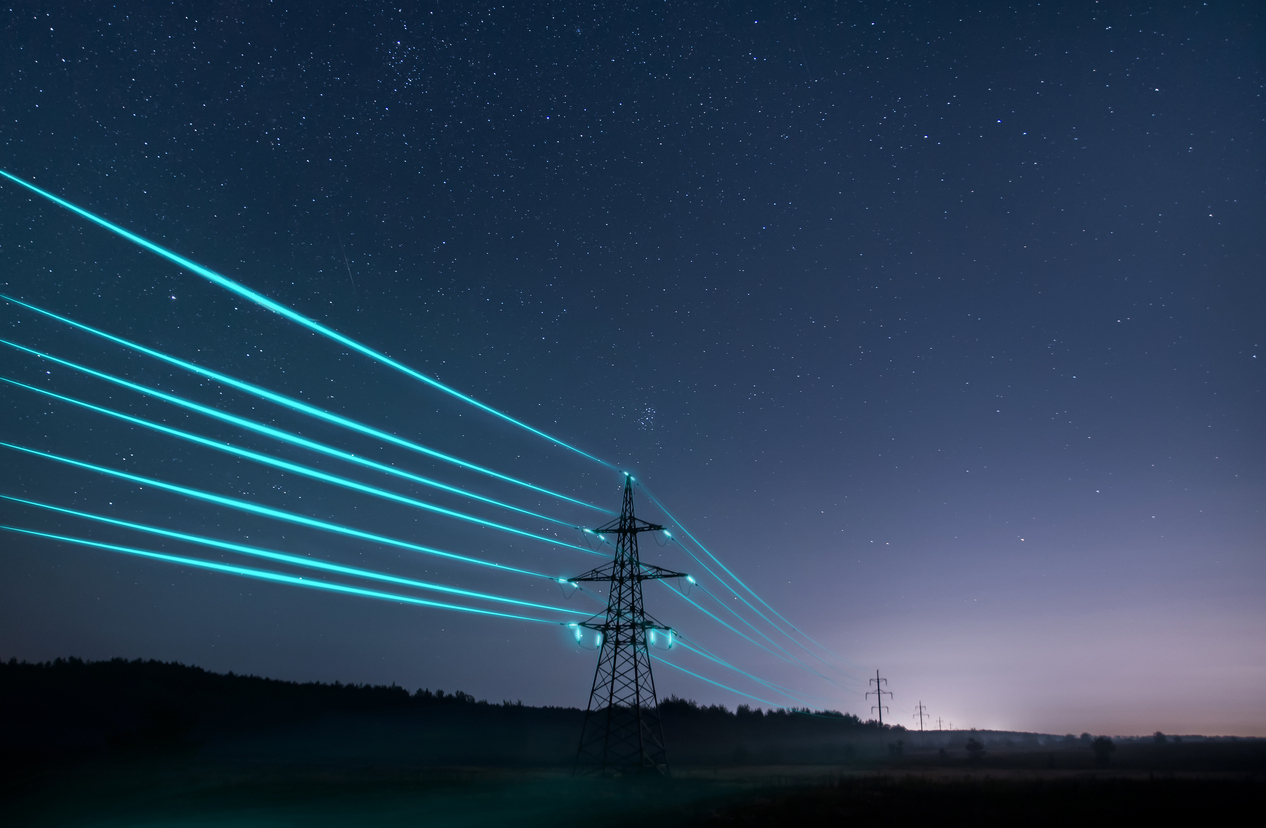This article discusses the strategies underlying EQT Partners’ acquisition of Scale Microgrids, a leading vertically integrated developer, acquirer, owner, and operator of microgrids and distributed energy resources in North America. EQT’s Transition Infrastructure Solutions provides industrial, technological, and operational expertise to scale businesses and support the transition to a decarbonized and climate-resilient future.
Background
A significant challenge confronting the United States is the growing imbalance between power demand and power supply arising from rapid load growth, large-scale integration of renewables, and extreme weather events – all of which are imposing increasing strains on an aging grid and on transmission and distribution systems. This increased pressure is limiting access to power for critical assets, increasing outages, and driving higher and more volatile power prices in many regions across the United States. Clearly, innovative solutions are needed to ensure the provision of clean, resilient, and affordable power to critical segments of the U.S. infrastructure, including data centres, commercial fleets, and electric school buses. At the same time, an equally obvious point is that traditional power assets are unable to meet accelerated electricity demand, with utilities quoting lead times of 5 to 10 years until energy availability in some areas. In this context, EQT has identified microgrids as a vital component of the overall strategy to enable a smooth transition to clean energy and a more resource-efficient, resilient economy.
Microgrids
A microgrid is a local electrical grid consisting of multiple technologies that is controlled by a single entity and able to operate in parallel with the grid or in island mode (separate from the grid). In contrast to alternative technologies – single-technology distributed energy resources (DERs) or a generator set – microgrids address several grid challenges. Microgrids provide resiliency through islanding, increased speed-to-market through faster access to power than utilities, cost savings, and predictability compared to grid power.
This is achieved through advanced software and hardware that enable real-time monitoring and controls, facilitating coordination across numerous DERs and co-optimisation of multiple revenue streams. As a result of their ability to meet multiple customer needs across energy independence, cost savings, and sustainability, microgrids have broad applications across a range of commercial and industrial (C&I) sites, fleets, data centres, and other critical infrastructure including hospitals, universities, and communities.
Microgrid deployments generate more than 90% of their revenue under MSAs, or take-or-pay structures that are fixed-price, fixed-volume, long-term contracts, with renewal terms of up to five years supported by an average useful life of up to 40 years. In the future, as market mechanisms evolve, up to around 5% of revenue is expected to be uncontracted, generated through ancillary services like voltage regulation and frequency stabilisation. These services will contribute to overall grid stability and generate demand response and virtual power plant revenue streams with prices set by daily market levels and volumes dependent on daily trading.
The deployed market for microgrids is expected to grow by more than 20% per annum to around 65GW over the next ten years relative to approximately 1,250GW of expected load demand, with over 50% of overall growth driven by data centres (AI and advanced computing needs) and electric vehicles (both commercial and consumer). Overall, the addressable market for microgrids is at an inflection point caused by extreme load growth, which in turn leads to higher power prices, limited access to power for new deployments, and increased resiliency needs due to grid outages.
In addition, a continued improvement in the unit economics of microgrids – resulting from lower capex costs, increased customer education, corporate decarbonization goals, and legacy resiliency solutions (such as diesel gensets) reaching the end of their useful lives – will continue to make microgrids more broadly investable and will spur penetration over the next decade.
There is significant interest in microgrids from private capital, owing to the strong investment characteristics of microgrids and advanced distributed energy resources, the high barriers to entry from long-term, contracted assets and an early-mover advantage, and recurring and protected cash flows with little exposure to merchant trading revenues.
Notable recent transactions include EQT’s acquisition of Scale Microgrids. The deal adds to EQT’s portfolio of distributed energy resource providers in the United States, which includes Madison Energy Partners. Basalt Infrastructure’s acquisition of AEP Onsite, Arclight’s carve-out of Duke’s C&I solar and fuel cell business, and Brookfield’s acquisition of Standard Solar are other notable examples. The transaction value and multiple attributed to a given pipeline/platform is driven by quality of the operating assets, pipeline, and execution capabilities, with platforms with a strong pipeline and team in place to execute generally trading at a premium.
EQT and Scale Microgrids
The Scale Microgrids acquisition marks EQT’s first North American investment out of its Transition Infrastructure strategy, which is aimed at scaling businesses in the clean energy space. Headquartered in Ridgewood, New Jersey, Scale Microgrid’s portfolio consists of roughly 250 MWs of operating and in-construction assets, with another 2.5 GWs of near-term pipeline. The company deploys a variety of technologies, including solar, battery storage, natural gas generators, fuel cell, and combined heat and power. These assets represent one of the largest pure-play microgrid portfolios in North America. EQT, in turn, will utilize its experience, resources, and capital to support Scale Microgrids’ strategies to expand the utilization of distributed energy in the United States. This includes deploying microgrids for EQT’s other portfolio companies, such as EdgeConnex, Voltera, and First Student, enabling the provision of clean and affordable power to data centres, commercial fleets, and electric school buses. Throughout its targeted investment period, EQT will deploy approximately $650 million to support Scale Microgrids’ accelerated growth and development, including enhanced software and technology.
Environmental, Social, and Governance (ESG) Framework
EQT is committed to its focus on renewable microgrids and resource efficiency to support the decarbonization goals of the United States. Action items for Scale Microgrids includes prioritizing renewable assets over natural gas to drive down emissions; the development of processes to accurately assess potential risks to the climate, environment, and ecology; implementation of supplier policies concerning labor, safety, and human rights; and aggregating and tracking ESG data and set related targets. EQT’s investment in Scale Microgrids, and similar ESG-guided investments by other firms, is critical to supporting grid resiliency and access to power, relative to a grid that is under significant strain due to rapid load growth, continued replacement of thermal baseload generation with intermittent renewable energy, and extreme weather events.
Neha Jatar is a managing director in EQT’s Infrastructure fund, having joined EQT in 2018. Neha co-leads the transportation and logistics sector and has led investments in Osmose Utilities Services, a leading provider of asset health services for utilities and telecoms in North America, First Student, the largest provider of student transportation to school districts across North America, and most recently, Scale Microgrids, a developer, owner, and operator of microgrids and advanced distributed energy resources in the US.









